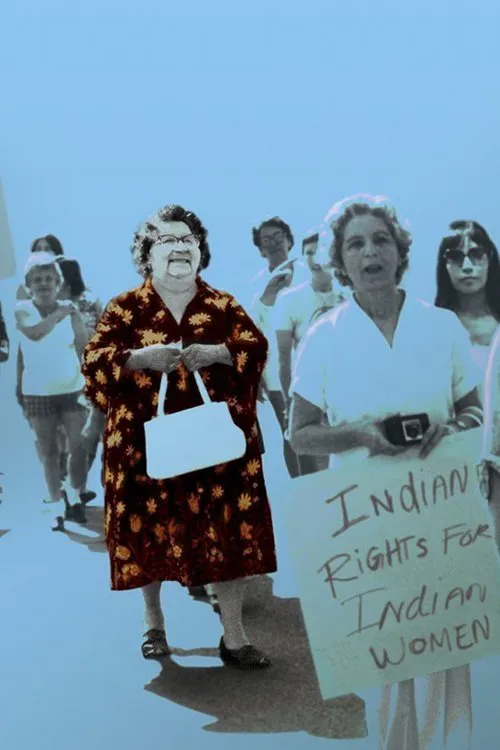Mary Two-Axe Earley: I Am Indian Again

Plot
Mary Two-Axe Earley: I Am Indian Again, a documentary film directed by Courtney Montour, chronicles the remarkable journey of Mary Two-Axe Earley, a Kanien'kéha (Iroquoian) woman from Kahnawake, Mohawk Territory, who bravely challenged the Canadian government's treatment of First Nations women. Born into a traditional Mohawk family, Mary was raised in a culture that deeply respected and honored women's roles as spiritual and community leaders. However, when Mary married a settler, her life took a dramatic turn. Under Canadian law, when a First Nations woman married a non-Indian, she automatically lost her status and her right to live on her ancestral lands. As a result, Mary's status changed, making her an "Indian" no more. The pain and trauma she experienced as a result of this loss of status fueled her lifelong dedication to fighting for the rights of her people. The film begins by highlighting Mary's early years as a wife and mother, struggling to adapt to her new identity within her own community. As she confronted the harsh realities of her situation, Mary realized that she was not alone. Thousands of other First Nations women were facing the same challenges, their rights diminished or taken away. A spark of resistance was ignited within her, and she became determined to fight for the rights that had been stripped from her. Courtney Montour's documentary masterfully tells the story of Mary Two-Axe Earley's courageous battle, using personal accounts, archival footage, and interviews with experts in the field. As we delve into Mary's journey, we see a remarkable figure emerge – a woman of unwavering conviction, unshakeable courage, and deep love for her community. Mary's activism took her to the heart of Canadian politics, where she challenged the government's policies and fought for the rights of her people. Her tireless efforts led to a significant shift in perception, as Canadians began to understand the injustices faced by First Nations women. Her courage and determination inspired countless others to join the fight for justice, paving the way for future generations. One of the most striking aspects of Mary's story is her unwavering commitment to her culture and community. Despite facing overwhelming resistance and adversity, she refused to compromise her values or sell out to the dominant culture. Instead, she used her experiences to build bridges, fostering a deeper understanding between First Nations people and the rest of Canadian society. As Mary's activism gained momentum, she encountered countless setbacks and challenges. The government responded with force, using their power to silence her and disrupt her efforts. However, Mary's unwavering spirit continued to inspire and motivate those around her. Her resilience in the face of adversity serves as a beacon of hope, demonstrating the transformative power of courage and determination. Throughout the film, Courtney Montour raises important questions about the nature of identity and belonging. What does it mean to be a First Nations woman in a colonial society? How can we reclaim and assert our rights when they have been systematically erased? Mary Two-Axe Earley's story serves as a poignant reminder of the importance of preserving and honoring cultural heritage, especially for Indigenous communities who have been forcibly erased from their lands and traditions. Mary Two-Axe Earley's activism continues to resonate today, as First Nations people strive for justice, equality, and recognition. Her legacy serves as a powerful reminder of the ongoing struggles faced by Indigenous peoples, particularly women, who are disproportionately affected by systemic racism and inequality. By telling her story, Courtney Montour highlights the importance of centering the voices and experiences of Indigenous women, who have long been silenced or marginalized. Ultimately, Mary's story is one of hope, resilience, and determination. Her life's work has left a lasting impact, inspiring countless Canadians to understand and acknowledge the historic injustices faced by First Nations people. By honoring her legacy, we can begin to confront the contemporary injustices that remain, and work towards a more inclusive and equitable society for all.
Reviews
Recommendations


